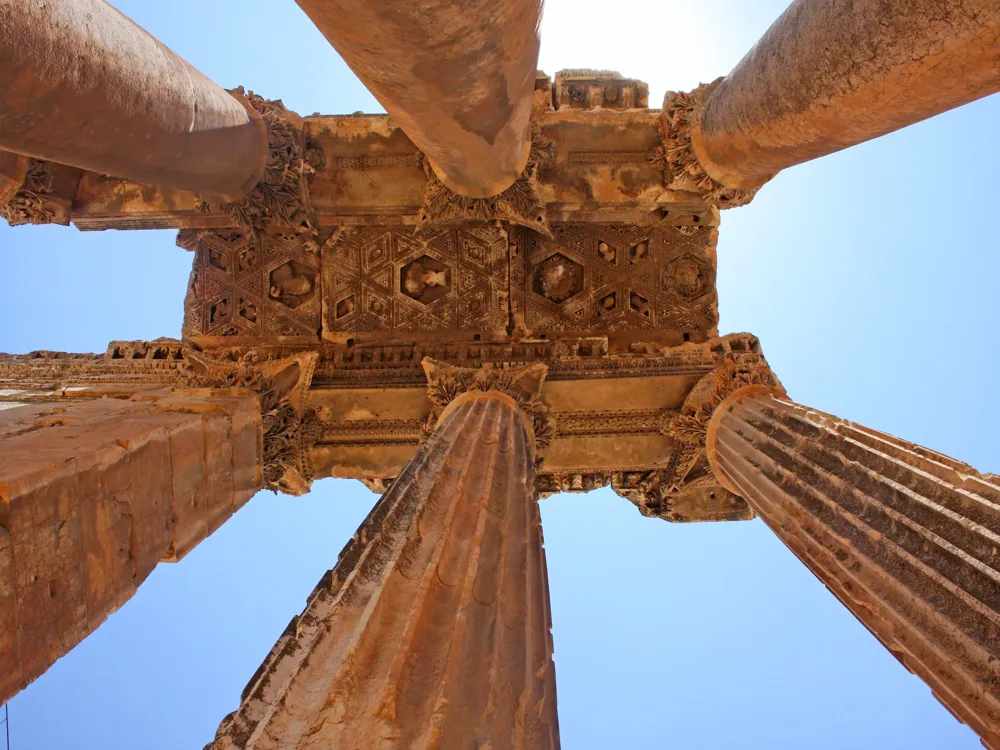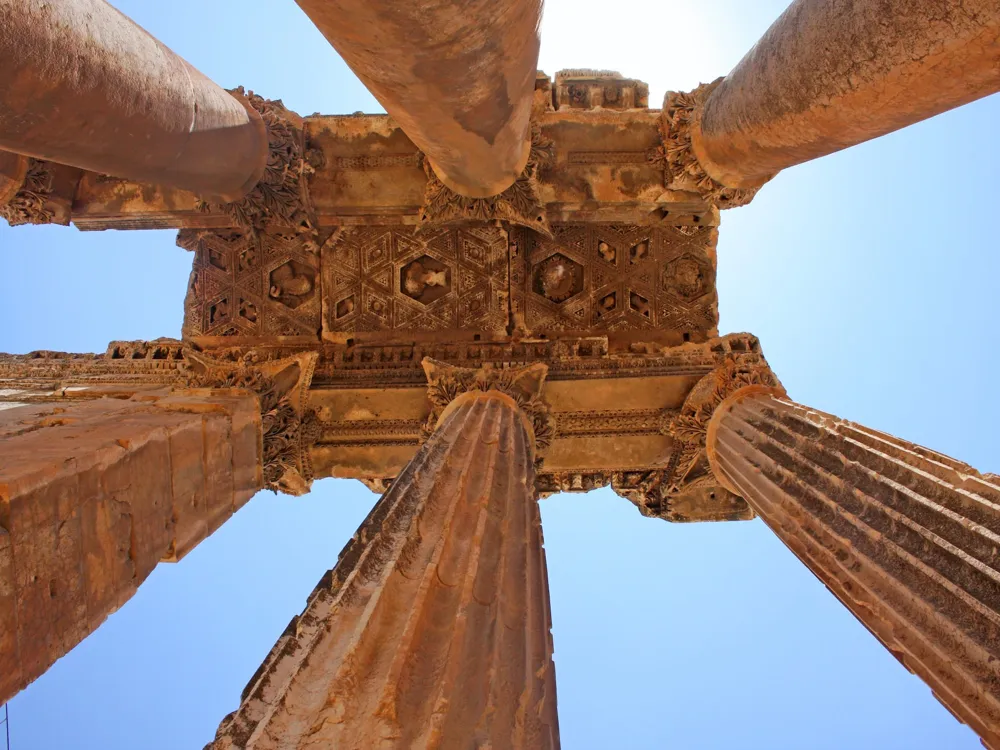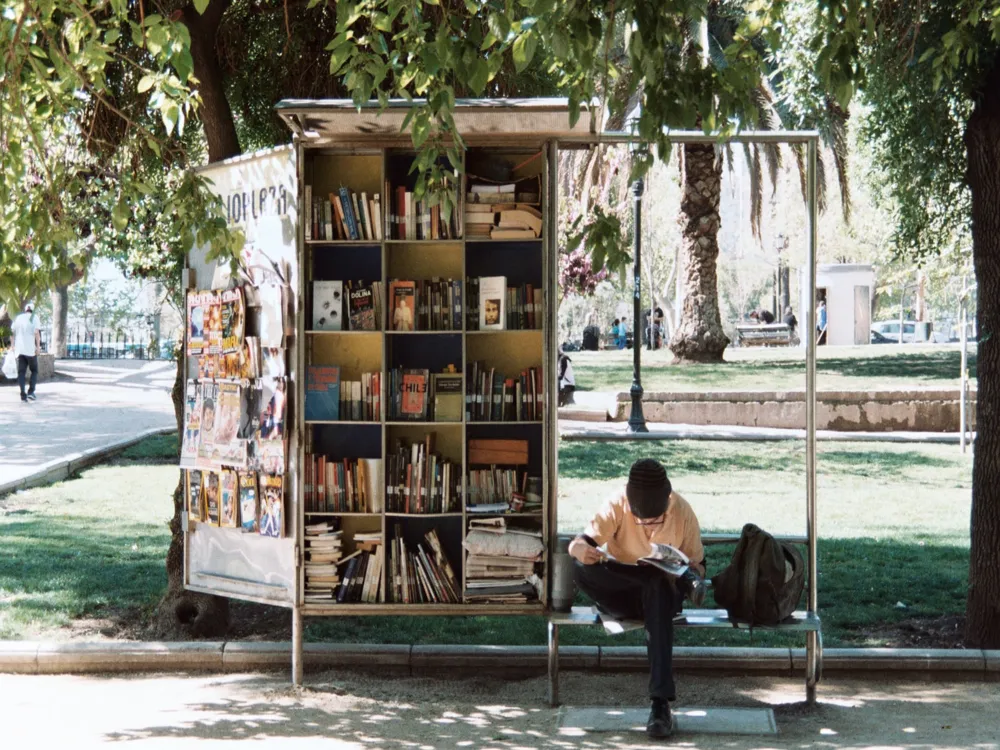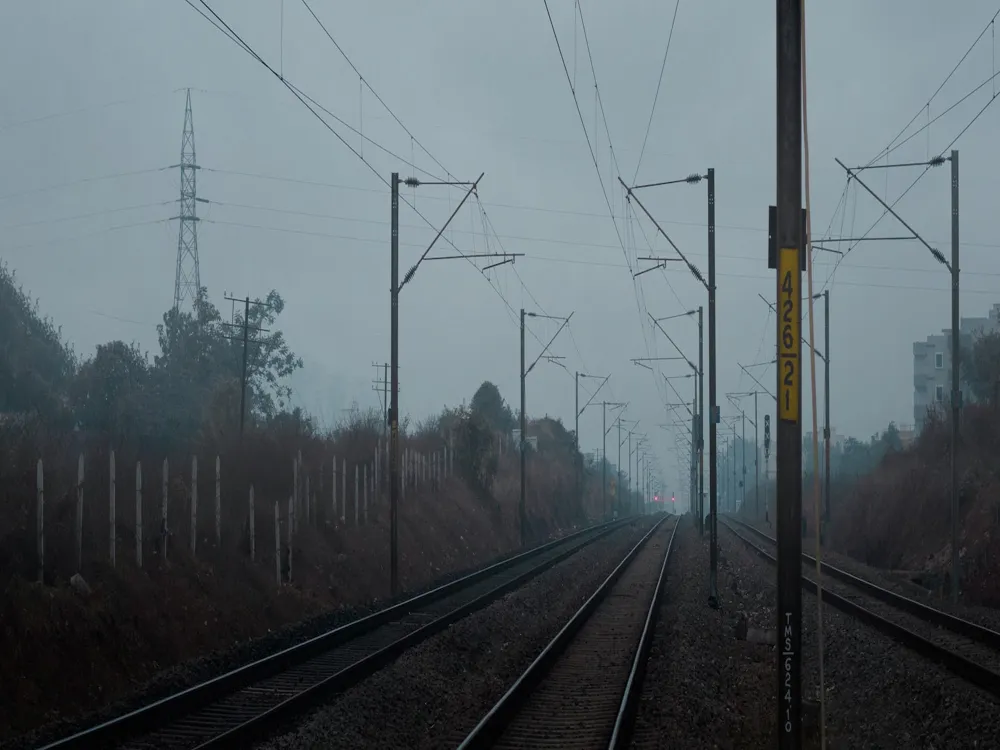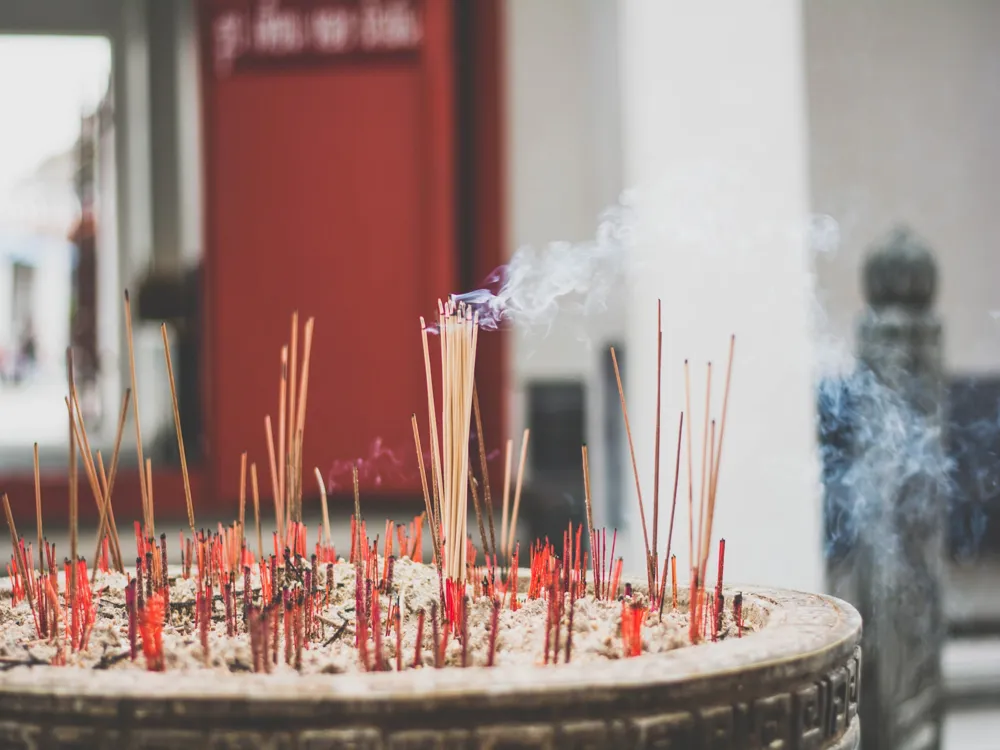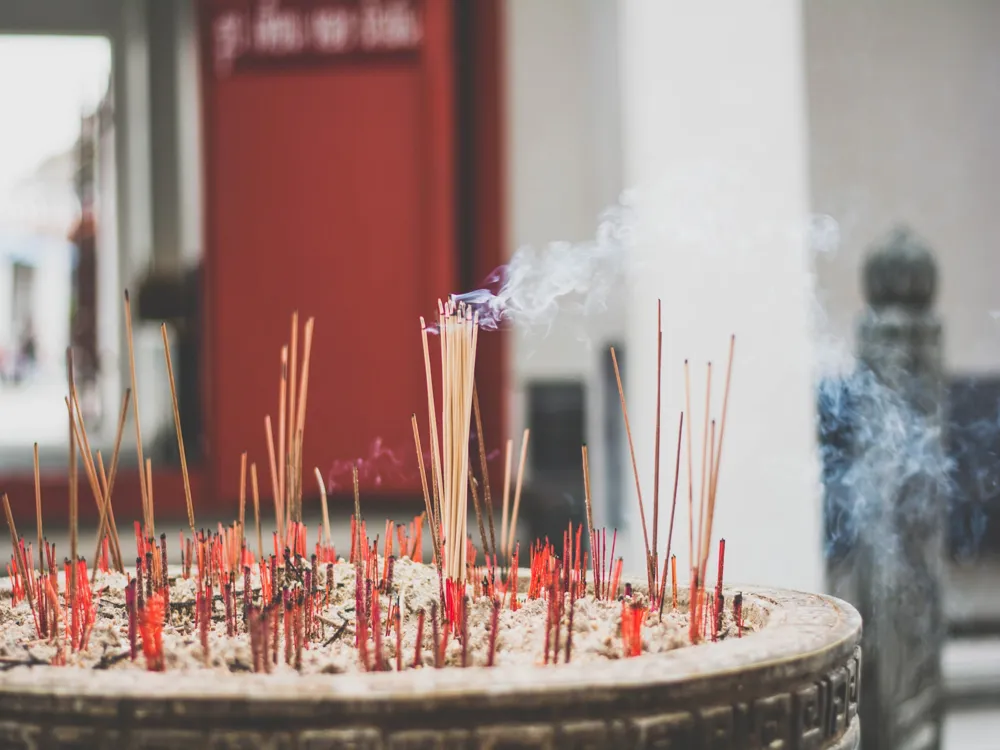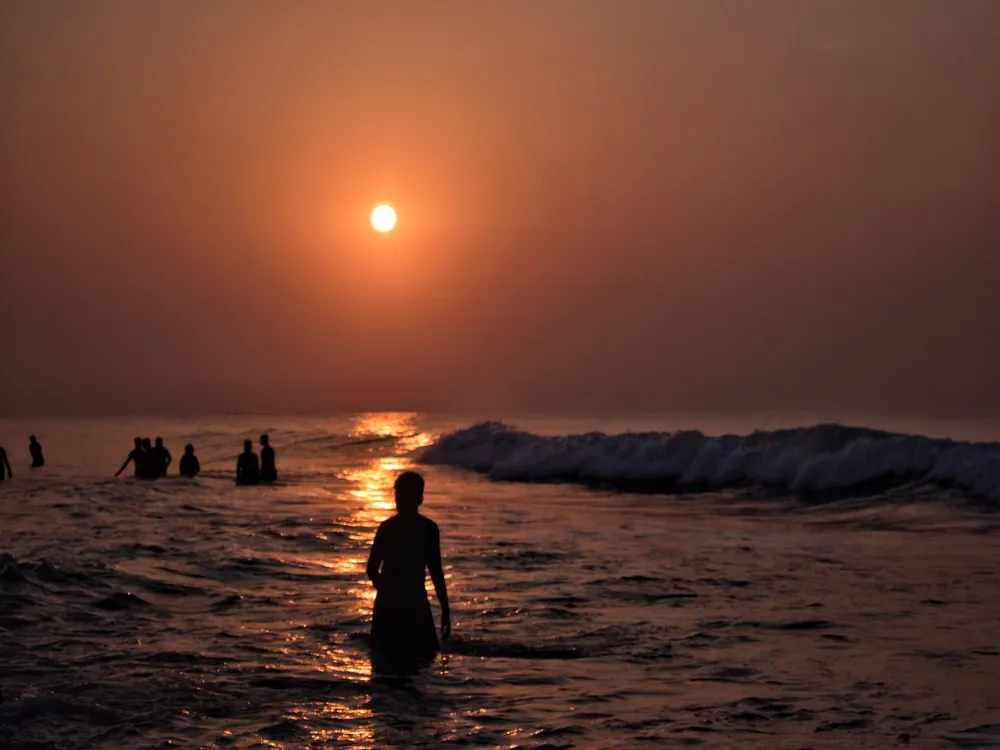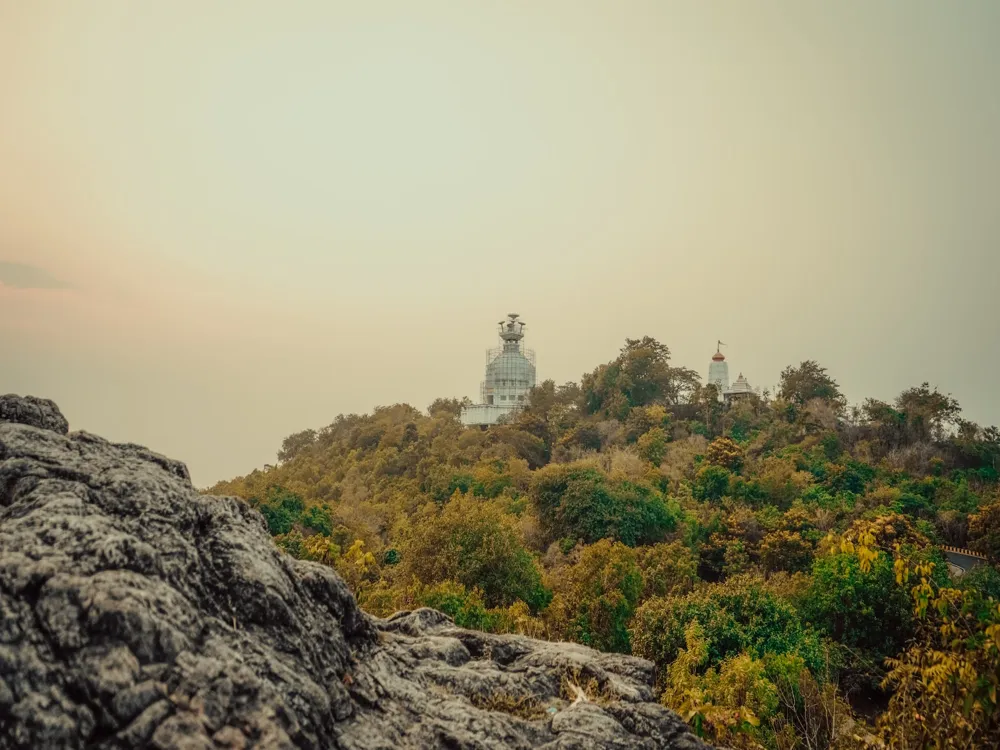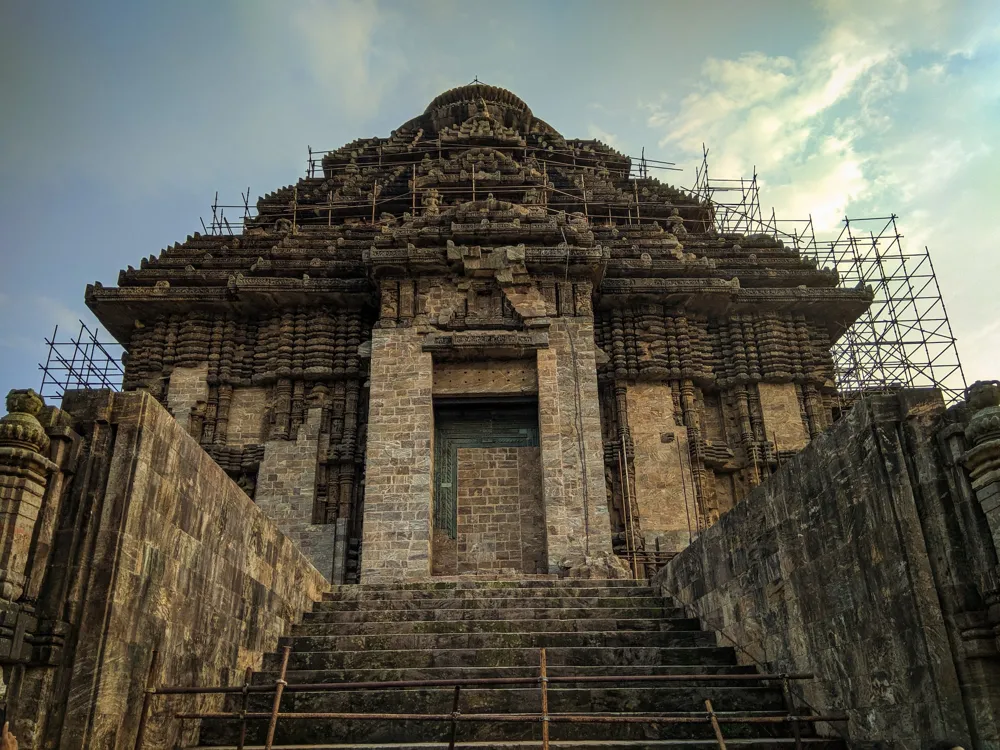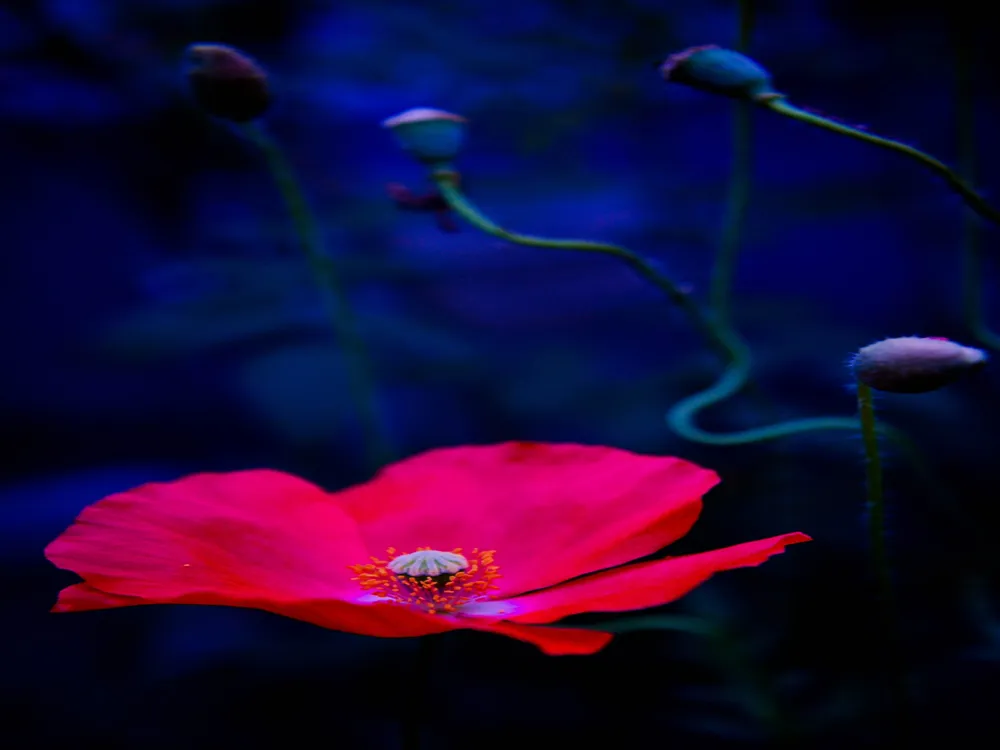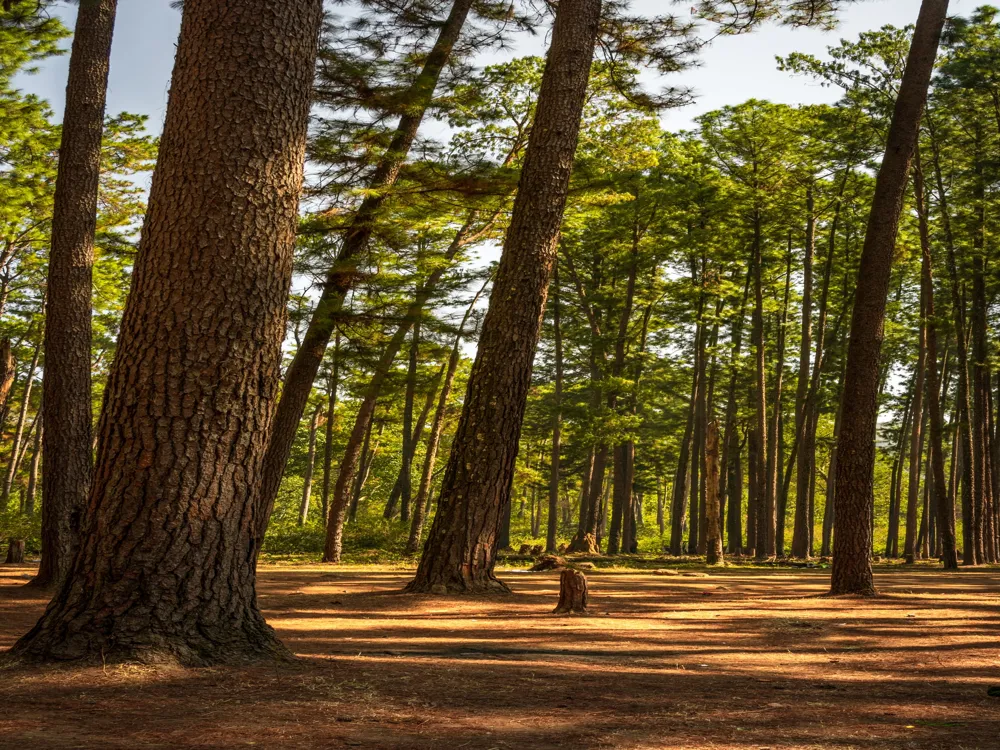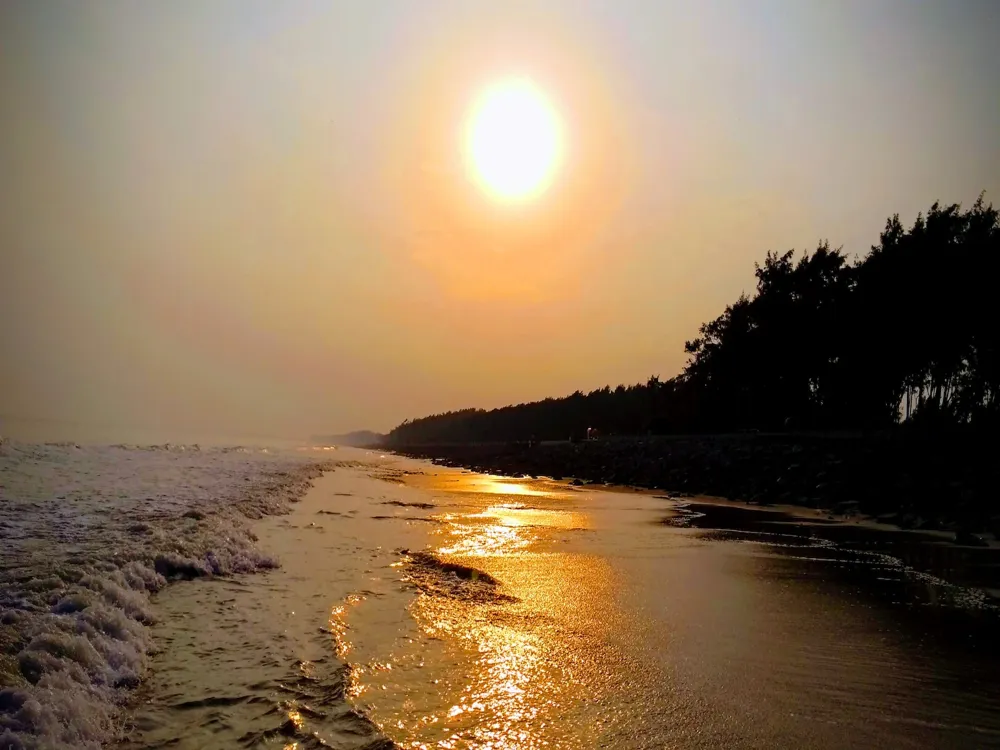Bhubaneswar, the capital city of Odisha, India, is a fascinating blend of ancient grandeur and modern sophistication. Known as the 'Temple City,' Bhubaneswar is an important Hindu pilgrimage center, housing some of the most beautiful temples in the country. This city is a true representation of India's rich cultural heritage and religious significance. Its history stretches back over 2000 years, making it an ancient city steeped in tradition and mythology.
The city's landscape is a picturesque amalgamation of old and new. Traditional temples and monuments coexist harmoniously with modern buildings and bustling markets. Bhubaneswar's unique charm lies in its ability to maintain its historical essence while evolving into a contemporary urban center. Visitors are captivated by its serene environment, architectural marvels, and the warmth of its people. The city also serves as a gateway to numerous tourist attractions in Odisha, including the famous Sun Temple at Konark and the sacred city of Puri.
The cultural fabric of Bhubaneswar is rich and diverse. Festivals and rituals play a significant role in the daily lives of the locals. The city is also a hub for Odissi, the classical dance form of Odisha, and offers a plethora of opportunities to witness this exquisite art form. Moreover, Bhubaneswar is known for its exquisite handicrafts, including silver filigree, stone and wood carvings, and handwoven textiles. The local cuisine, influenced by a variety of regional flavors, is a delight for food enthusiasts.
The architecture of Bhubaneswar is a testament to its glorious past. The city is renowned for its ancient temples, which showcase the Kalinga style of architecture, a unique form that originated in Odisha. This architectural style is characterized by its intricate carvings, towering spires (Shikhara), and stunning sculptures. The temples are not just places of worship but are also artistic masterpieces that reflect the skill and creativity of the artisans of yesteryears.
Among the most notable temples in Bhubaneswar is the Lingaraj Temple, dedicated to Lord Shiva. This temple, dating back to the 11th century, is an architectural marvel with its sprawling complex and finely detailed carvings. Similarly, the Rajarani Temple, known for its ornate sculptural work and the unique absence of a presiding deity, is another architectural gem. These temples, along with others like the Mukteshvara and Parashurameshvara temples, form an integral part of the city's architectural identity.
The architecture of Bhubaneswar is not confined to its temples alone. The city has evolved over the years, and this evolution is reflected in its modern buildings. The juxtaposition of ancient structures with contemporary designs is a sight to behold. Government buildings, educational institutions, and commercial complexes display a modern architectural style, often incorporating elements of traditional designs. This blend of old and new is what makes Bhubaneswar's architecture truly unique.
The ideal time to visit Bhubaneswar is between October and March, when the weather is pleasant, making it perfect for exploring the city and its surrounding areas.
Bhubaneswar has a well-connected transportation network. Auto-rickshaws, taxis, and buses are readily available for local commuting. For a more authentic experience, try the cycle-rickshaws.
Respect local customs and traditions. Dress modestly when visiting temples and remove shoes before entering sacred places.
Relish local Odia cuisine but be cautious with street food. Drink bottled water and maintain general safety precautions.
Bhubaneswar is well-connected by air, rail, and road. The Biju Patnaik International Airport has regular flights from major cities in India and some international destinations. The city's railway station is a major hub in the Indian railway network, connecting Bhubaneswar with various parts of the country. Additionally, a wide network of highways and roads makes it easily accessible by bus or car.
Overview of Bhubaneswar, Odisha
Architecture of Bhubaneswar
Tips When Visiting Bhubaneswar
Best Time to Visit
Local Transportation
Cultural Etiquette
Food and Safety
How To Reach Bhubaneswar
Rajarani Temple
Bhubaneswar
Odisha
NaN onwards
View bhubaneswar Packages
Weather :
Label : Must Visit
Tags : Temple
Timings : 6:30 AM - 7:00 PM
Time Required : 1-2 hrs
Entry Fee : Indians: INR 15,
Foreigners: INR 200,
Children (below 15 years): No entry fee
Planning a Trip? Ask Your Question
Bhubaneswar Travel Packages
View All Packages For Bhubaneswar
Top Hotel Collections for Bhubaneswar

Private Pool

Luxury Hotels

5-Star Hotels

Pet Friendly
Top Hotels Near Bhubaneswar
Other Top Ranking Places In Bhubaneswar
View All Places To Visit In bhubaneswar
View bhubaneswar Packages
Weather :
Label : Must Visit
Tags : Temple
Timings : 6:30 AM - 7:00 PM
Time Required : 1-2 hrs
Entry Fee : Indians: INR 15,
Foreigners: INR 200,
Children (below 15 years): No entry fee
Planning a Trip? Ask Your Question
Bhubaneswar Travel Packages
View All Packages For Bhubaneswar
Top Hotel Collections for Bhubaneswar

Private Pool

Luxury Hotels

5-Star Hotels

Pet Friendly







